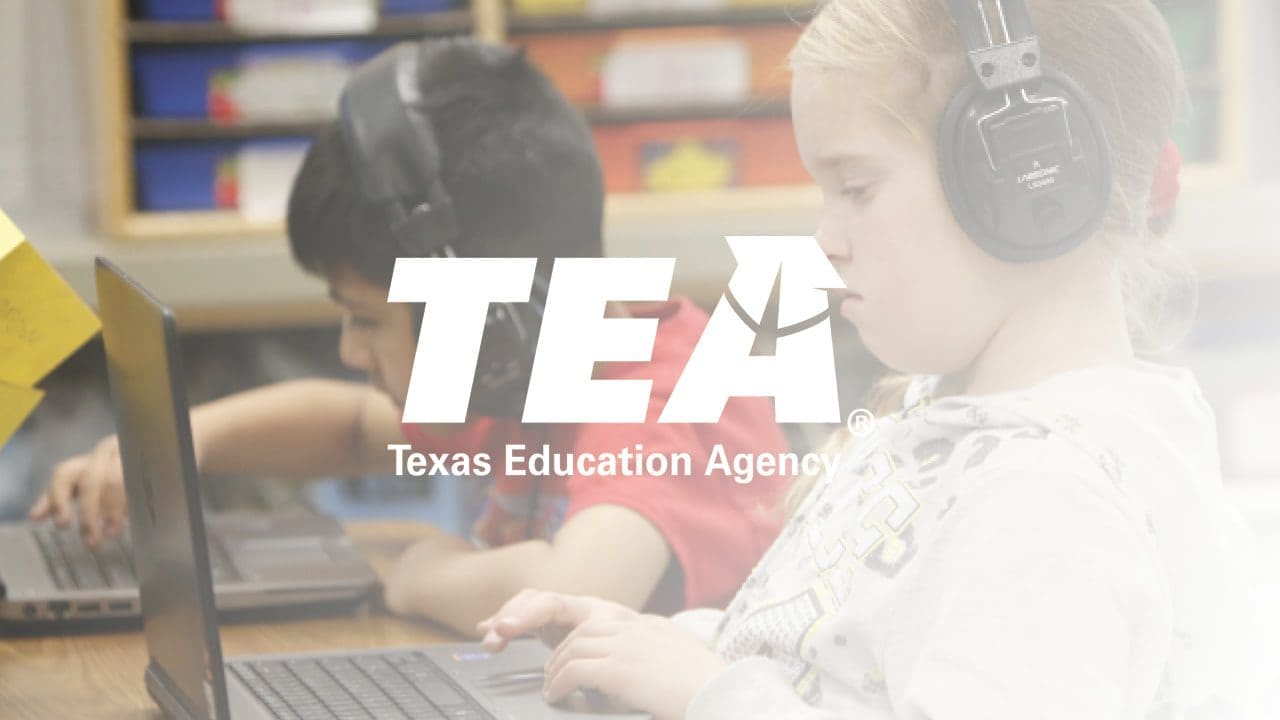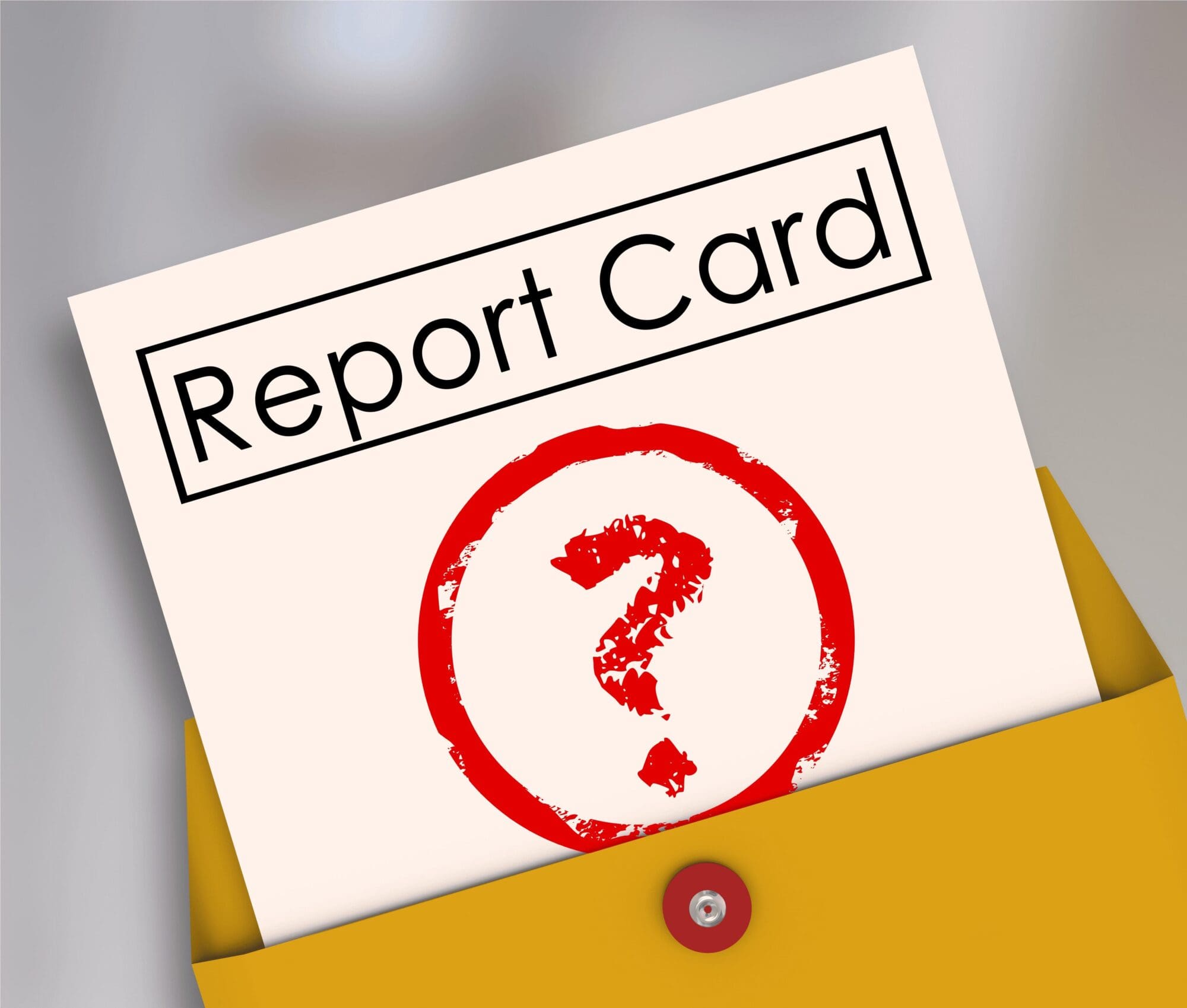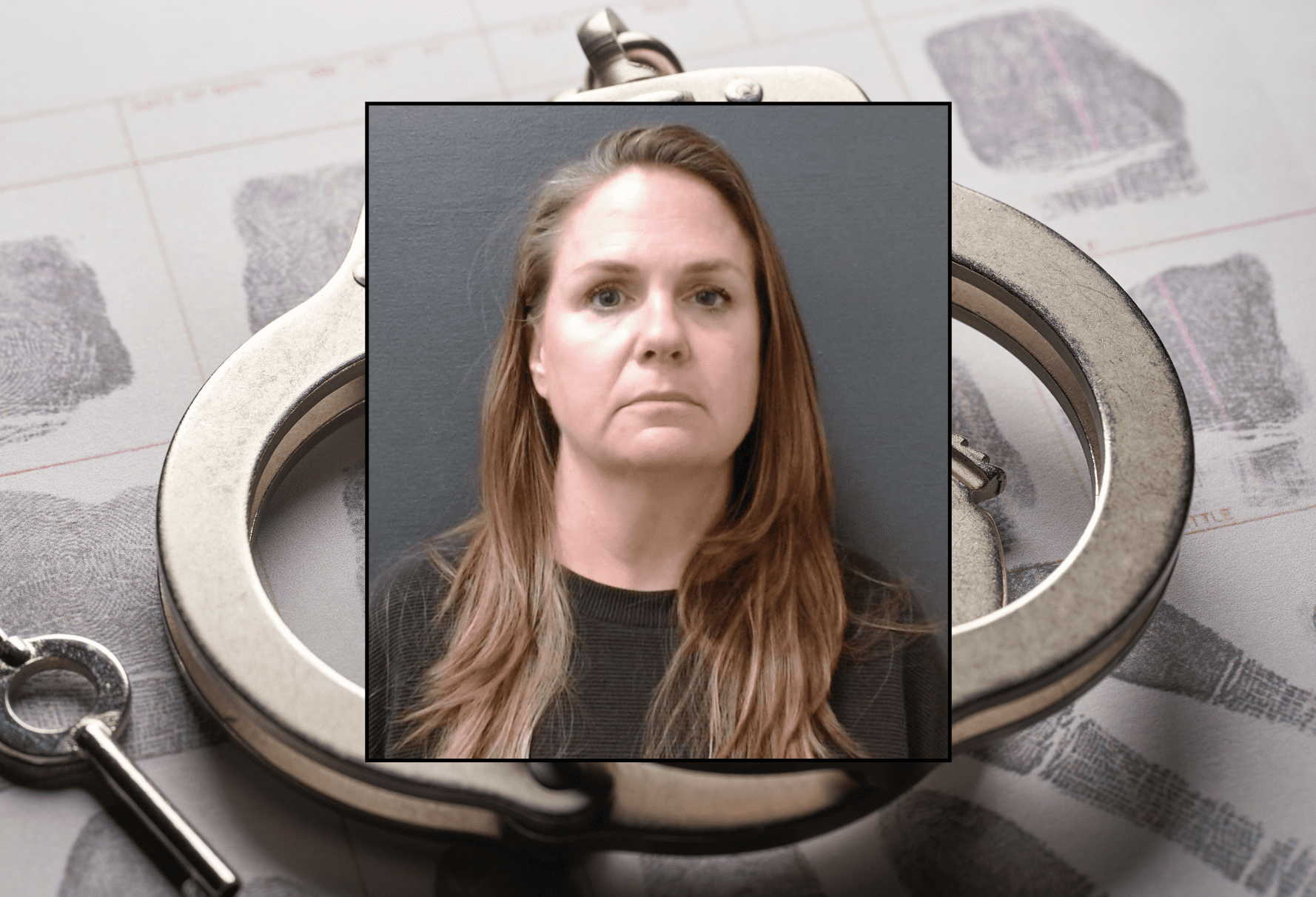To promote a massive billion-dollar bond and tax increase on the November ballot, Frisco Independent School District is touting higher-than-state-average STAAR scores as a reason to invest in the district.
STAAR stands for State of Texas Assessments of Academic Readiness. According to the Texas Education Agency, annual STAAR testing is designed to “measure the extent to which a student has learned and is able to apply the defined knowledge and skills in the Texas Essential Knowledge and Skills (TEKS) at each tested grade, subject, and course.”
Here’s the raw truth that every Texas parent and taxpayer needs to know about the STAAR-score deception.
When the descriptors for achievement levels are peeled away, the naked truth is that Frisco ISD STAAR scores are a nothing-burger. Why? Because the state keeps lowering the goalposts of achievement to shockingly low levels. And without accountability scores over the past two years, no one is talking about how far academic achievement has declined.
Achievement levels for the STAAR test include “masters grade level,” “meets grade level,” “approaches grade level,” and “does not meet grade level.”
“Masters” denotes mastery, right? A person could reasonably assume “masters” translates to 90 percent or more of questions answered correctly, but for the Texas STAAR test, it doesn’t.
There is no standard for “Mastery” for each subject or by grade. So, to get a reality check on what the inflated achievement levels actually represent, look to the “Raw Score Conversion Tables” published by the TEA to see just how many test questions, at minimum, would need to be answered correctly by a student in order to reach each level.
Here are some eye-openers.
For the Spring 2024 test, “mastery” of the STAAR means the following:
- In 3rd grade reading, at least 73 percent of test questions were answered correctly.
- In 3rd grade math, at least 78 percet of questions were answered correctly.
- In 8th grade reading, at least 69.6 percent of the questions were answered correctly.
- In 8th grade math, 77 percent or more of the test questions were answered correctly.
Last I checked, these percentages were in the C and D range on a traditional grading scale—and the TEA is labeling this “mastery.” Mind-blowing!
Here is the TEA’s Raw Score Conversion Table for reference.
So, now that readers know the truth behind the “masters masquerade,” should we really be satisfied with the ever-declining slide of student achievement in exchange for say, engaging programs and performing arts centers supported by Frisco ISD’s billion-dollar spending budget? No!
Should we financially incentivize it? Heck, no!
Let’s remember the primary goal of a school is to educate, and no student is “future-ready” who can’t read, write, or do math.
What’s worse is what the state has snowed us all into believing—that most of Texas public school students are passing the tests. The bottom of the barrel minimums to be considered on grade-level, or passing, are shocking.
According to the TEA, “approaches grade level and above” is passing for the STAAR test. Here’s the minimum percentage of questions that a student needed to answer correctly in order to “pass” the Spring 2024 STAAR.
Math
3rd grade: 40.5 percent
4th grade: 40 percent
5th grade: 38 percent
6th grade: 34.8 percent
7th grade: 43.5 percent
8th grade: 37.5 percent
Reading/Language Arts
3rd grade: 34.6 percent
4th grade: 30.8 percent
5th grade: 36.5 percent
6th grade: 35.7 percent
7th grade: 42.9 percent
8th grade: 33.9 percent
From Wikipedia:
Grades A–F in the United States. Numerical and letter grades. The typical letter grades awarded for participation in a course are (from highest to lowest) A, B, C, D and F… In primary and secondary schools, a D is usually the lowest passing grade. However, there are some schools that consider a C the lowest passing grade, so the general standard is that anything below a 60% or 70% is failing, depending on the grading scale.
In the incredibly upside-down world that is Texas education, utter failure is now a passing score and passing scores are celebrated as mastery, yet Johnny still can’t read.
TEA Commissioner Mike Morath has said the STAAR has been tested and audited for grade-level accuracy and it passes muster, so what exactly is going on?
Promoting students with such low levels of content mastery year after year should be a crime. Students are subject to compulsory attendance laws. Taxpayers are held over a barrel to produce the property tax funding, but who will stand for the dignity of the child and his or her state constitutional right to receive a free public education in “the general diffusion of knowledge … essential to the preservation of the liberties and rights of the people”? We, the parents.
The Texas Legislature has “made suitable provision for the support and maintenance of a system of public free schools.” The missing qualifier demanded by the constitution is efficiency. Public education is far from efficient in delivering the education defined in the Texas Constitution. Who will have the courage to call this out? We, the parents.
It’s time to call a spade a spade. Texas students are failing academically, and we can’t sugarcoat the harsh reality.
Money isn’t the problem—education is the largest line item in the state’s spending budget, but it isn’t being spent wisely. Texas public education has lost sight of its constitutional purpose, and it needs a major overhaul.
No matter what happens in the school choice debate, most Texas students will remain in public schools—so they MUST DO BETTER.
We certainly shouldn’t keep feeding this failed system with billions more in taxpayer dollars. We need oversight, accountability, and real consequences for the six-figure-income class of administrators, lobbyists, lawyers and edu-technocrats who have run our kids’ educational futures off the rails. Most teachers probably agree.
Conscientious parents will need to spend time and money outside of school hours supplementing their children’s learning from home in order to provide them with an education they deserve because they aren’t getting this in schools.
The issues are complex and the solutions required to turn a system as gargantuan as public education around are not easily agreeable to all the stakeholders.
Parents, you bear the duty, the privilege, and the responsibility to educate your own children. It’s a very high and dignified calling. Re-centering families on the tremendous dignity of raising and educating their children and passing pro-child solutions—instead of pro-vendor solutions—in education, may be one of the greatest needs we face as a state and a nation.
Be accountable for your own kids’ education, parents. Be your own child’s education hero! The state and the schools certainly aren’t.
This is a commentary published with the author’s permission. If you wish to submit a commentary to Texas Scorecard, please submit your article to submission@texasscorecard.com.





